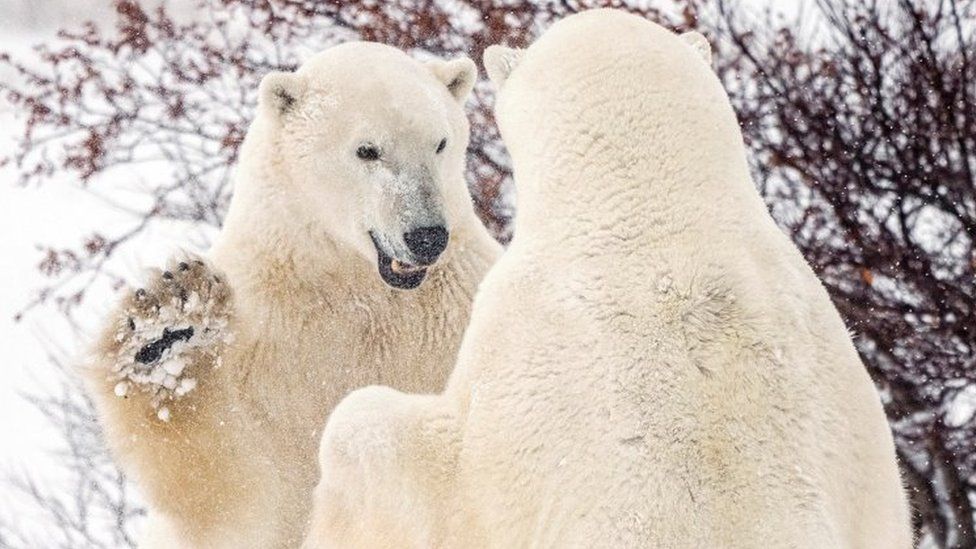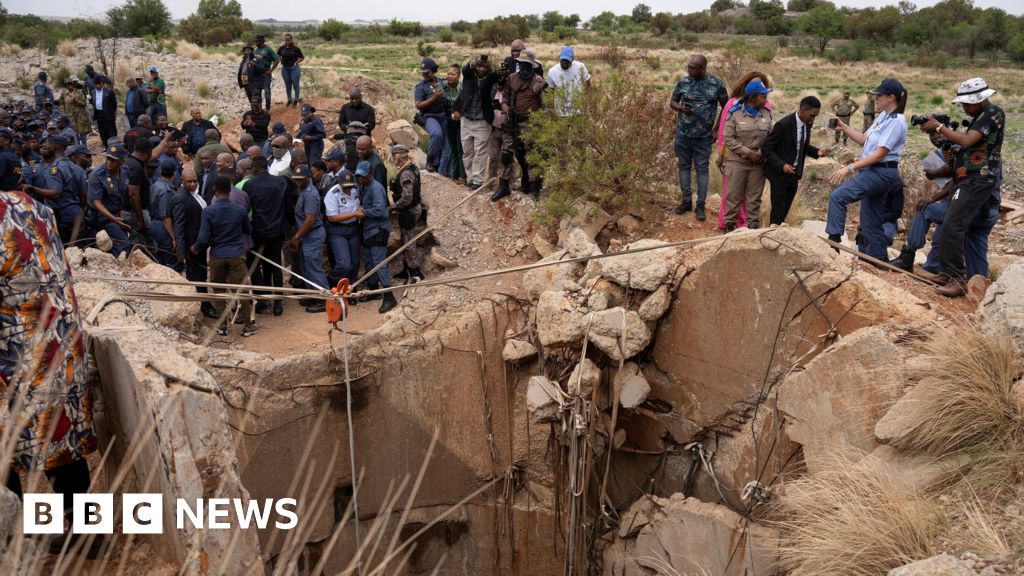ARTICLE AD BOX
 Image source, Reuters
Image source, Reuters
Polar bears are the most studied specimens in the world
The polar bear population in Canada's western Hudson Bay has dropped by 27% in just five years, a report has said.
A government report estimates that 618 animals lived in the area last year, down from 842 in 2016.
It says adult female bears and cubs are particularly affected and that climate change may be a factor in the decline.
The Arctic is now warming faster than the rest of the world, and the sea ice on which bears depend for seal hunting forms later and melts sooner each year.
By 2050, conservation scientists now say, the length of the season during which there is no ice could push bears to the point of starvation.
Image source, Getty Images
Image caption,Adult female bears and cubs are particularly vulnerable, the report says
"The observed declines are consistent with long-standing predictions regarding the demographic effects of climate change on polar bears," the Canadian government report says.
At the same time, the document cautions against making a direct link between the decline and the loss of sea ice, pointing that four of the past five years have seen good ice conditions.
It suggests that changes in the local seal population could be a contributing factor.
The report also cites the bear's migration to neighbouring regions.
The mammals - the largest living land carnivorous animals - pass along the western Hudson Bay coast in Manitoba province every autumn as they return to the sea ice.
They are the most studied specimen in the world, and their migration attracts millions of dollars' worth of tourism to the Manitoban town of Churchill, dubbed "the polar bear capital of the world".
It is common practice for town residents to leave their car doors unlocked so others have somewhere to run to should they encounter a wandering bear.

 1 year ago
19
1 year ago
19








 English (US)
English (US)